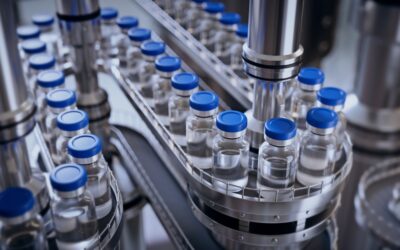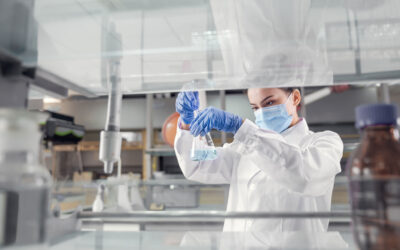
Antibiotics have been one of the most important achievements of modern medicine, allowing us to treat infections that were often fatal in the past. Today, however, their excessive and sometimes incorrect use has led to the emergence of an increasingly real global threat: antibiotic resistance.
A growing phenomenon
Antibiotic resistance occurs when bacteria develop mechanisms that make them insensitive to drugs designed to eliminate them. This natural and progressive process has been accelerated by self-medication, treatment cycles that are interrupted too early, and the widespread use of antibiotics in veterinary medicine and agriculture. The World Health Organization now considers antimicrobial resistance to be one of the most serious challenges to public health.
Impacts on health and healthcare systems
Infections caused by resistant bacteria are more difficult to treat, require longer therapies, and often require more expensive drugs or drugs with greater side effects. All this translates into longer hospital stays, greater complications, and rising costs for healthcare systems. In the most critical cases, the lack of effective antibiotics can make even routine procedures such as surgery, transplants, or cancer treatments risky.
The response of research and innovation
The scientific community is working hard to combat this phenomenon. In addition to developing new antibiotics, research is focusing on alternative approaches such as bacteriophages, antimicrobial peptides, and nanotechnology. At the same time, new rapid diagnostic techniques make it possible to identify pathogens quickly and choose the most appropriate drug, reducing the indiscriminate use of antibiotics.
The contribution of industrial technology
Alongside pharmacological research, production processes play a decisive role. Ensuring safe and controlled environments means reducing the risk of contamination and preserving the quality of drugs. LAST Technology solutions, such as sterilization plants, washing and disinfection systems, and depyrogenation processes, support companies in the pharmaceutical sector in maintaining high standards of safety and compliance with international regulations.
A look to the future
Antibiotic resistance is a complex challenge that requires a comprehensive and integrated approach involving institutions, pharmaceutical companies, healthcare professionals, and citizens. Only through a shared strategy will it be possible to preserve the effectiveness of antibiotics and ensure that they remain a fundamental pillar of modern medicine.


